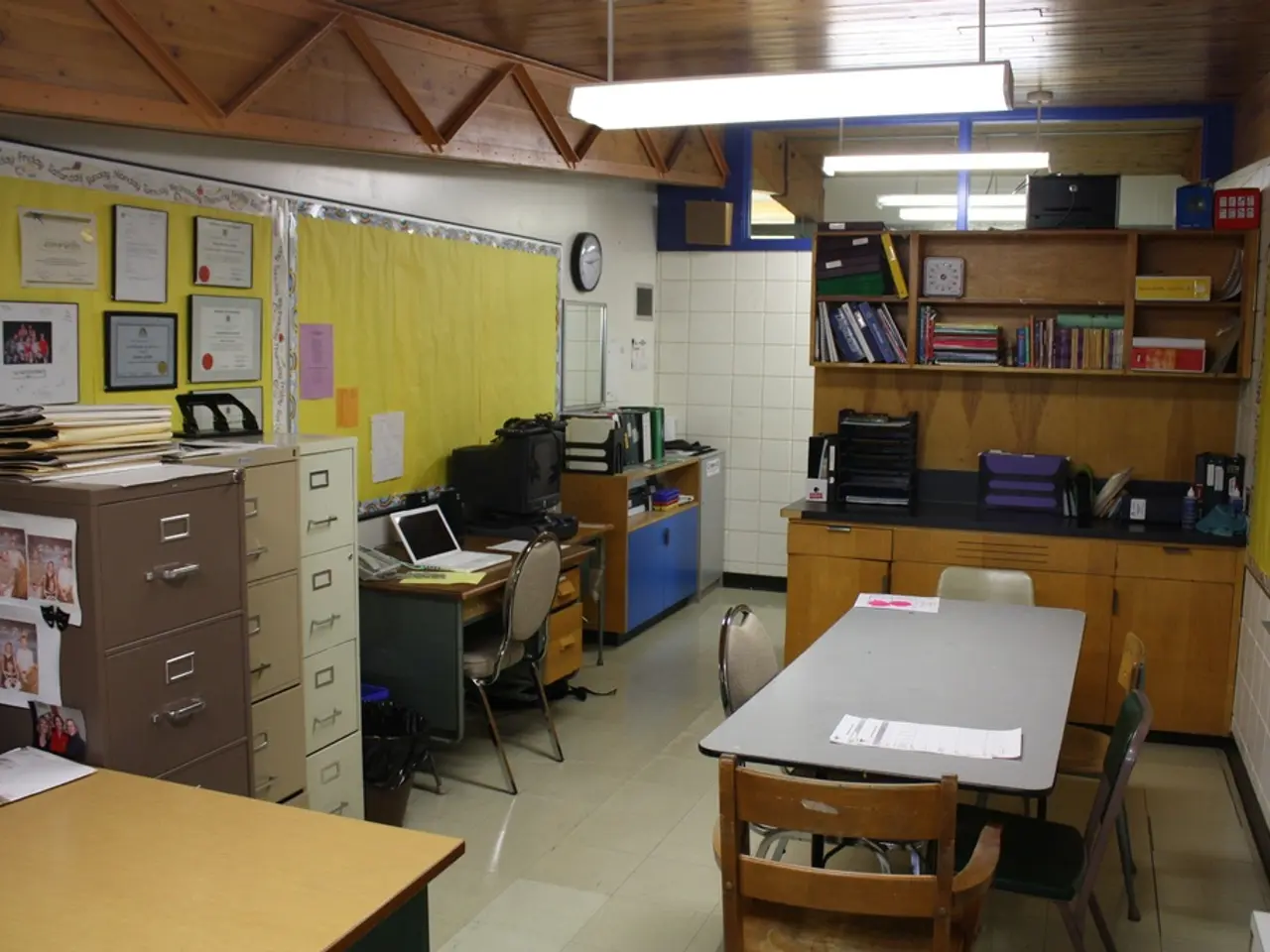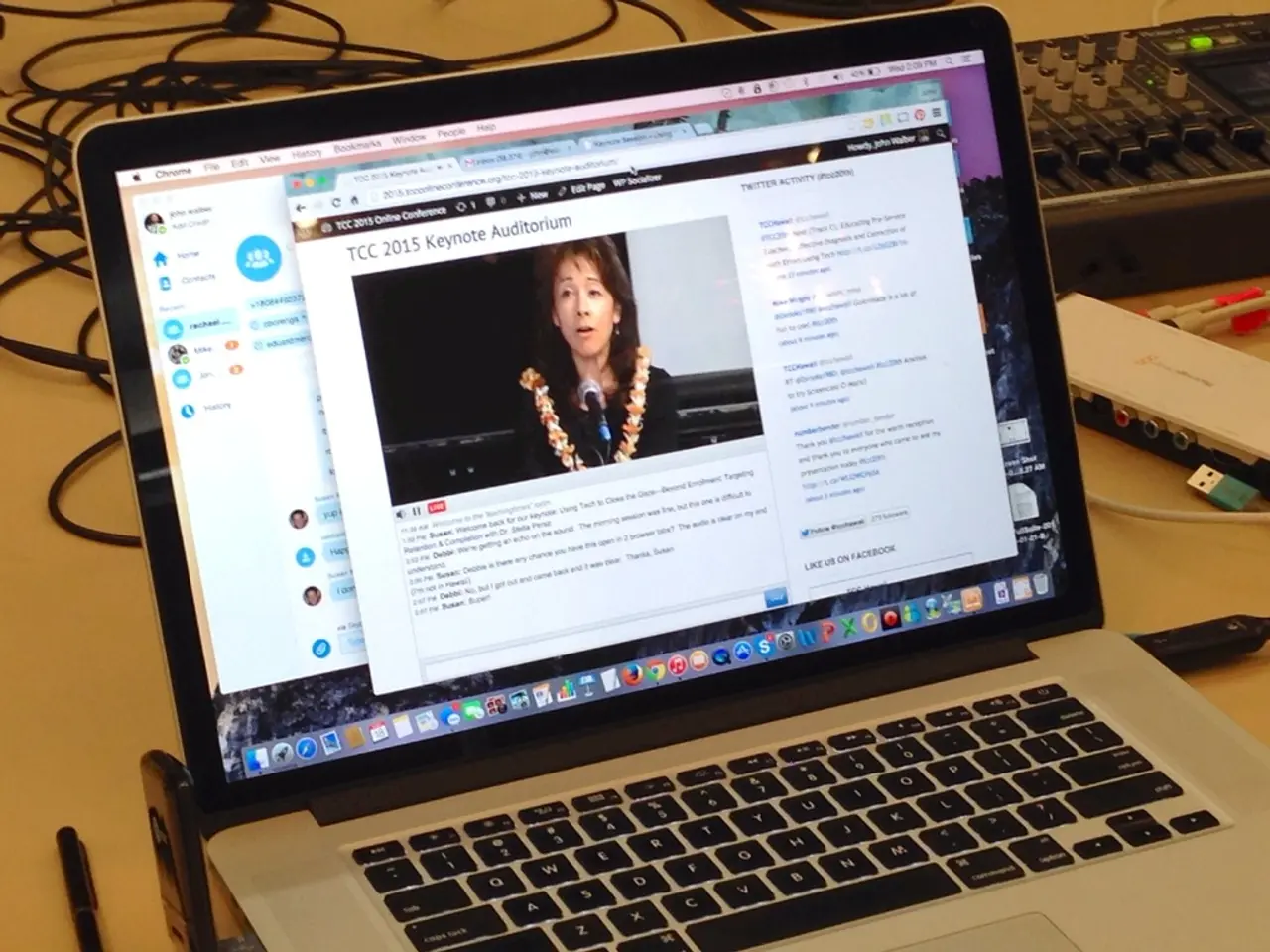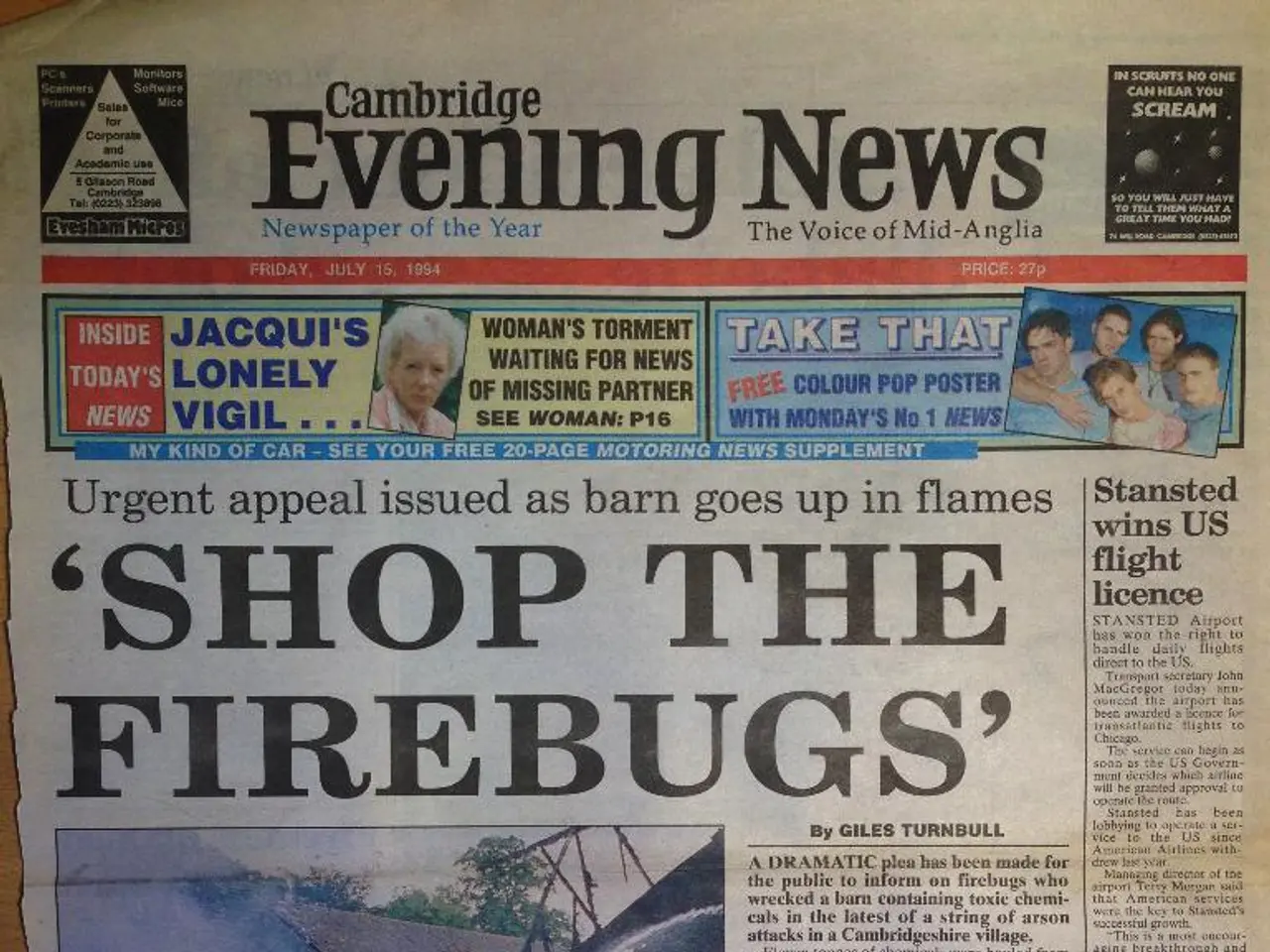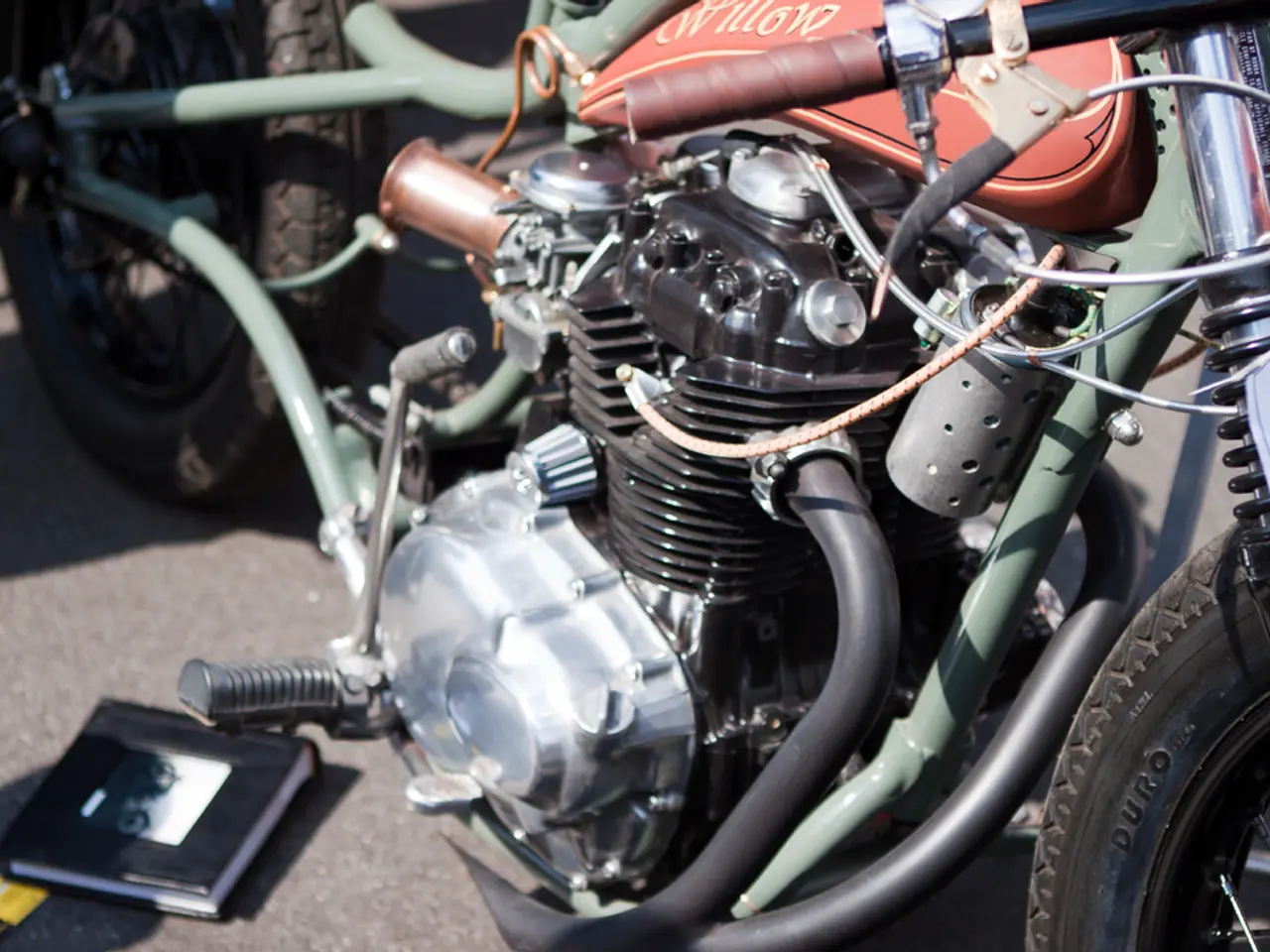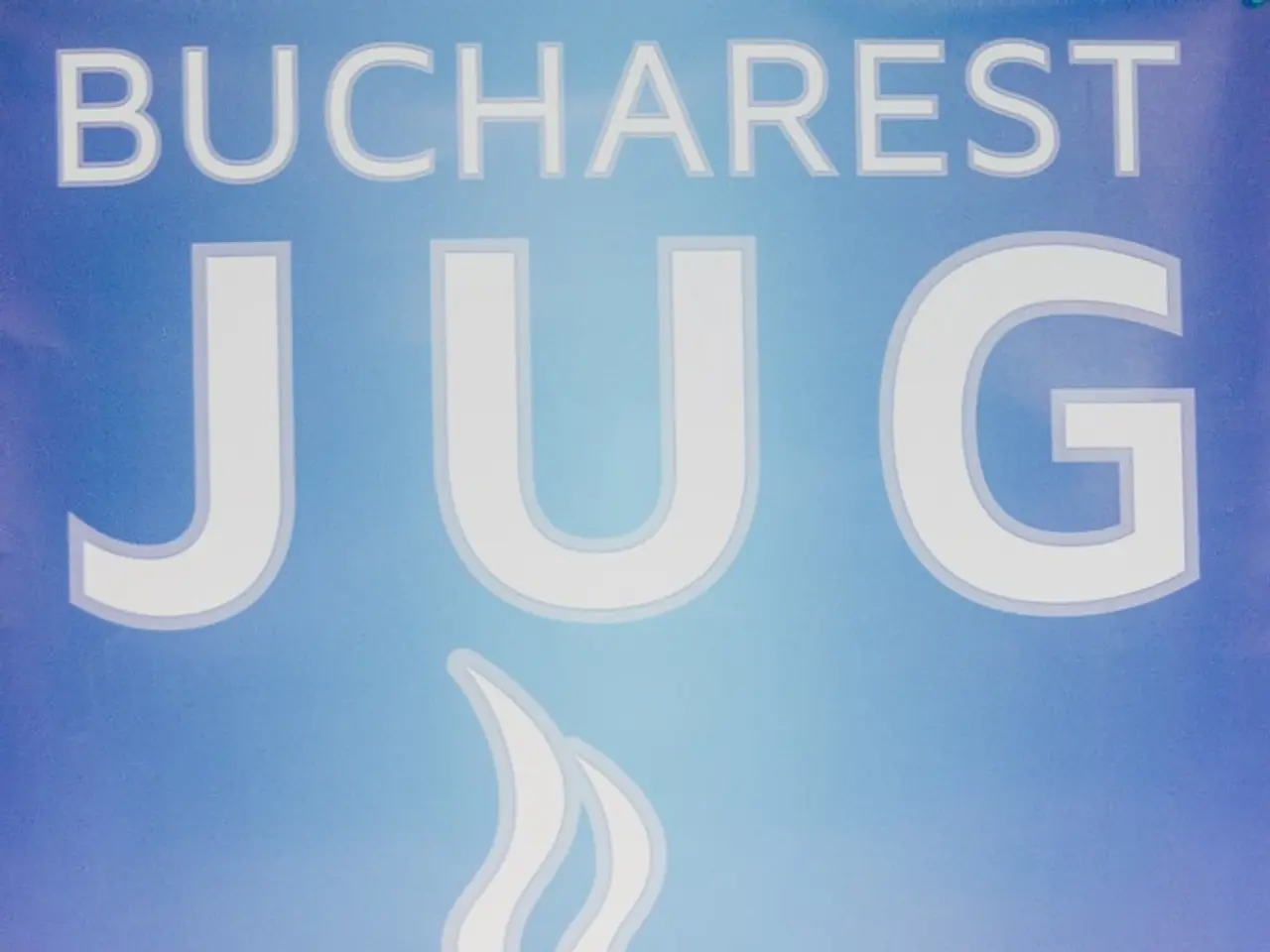Stick-to-It Tips: 8 CSS and JavaScript Tricks for Attaching Elements
Sticky design elements are becoming increasingly popular in web design, offering a way to enhance user experience by providing constant accessibility and visual intrigue. Here are some creative examples of using sticky design elements:
1. Sticky Navigation Menus
Sticky menus can remain accessible while users scroll through content, ensuring that navigation is always available. This can be particularly useful for lengthy pages or when users need to quickly access different sections of a website. For instance, Wix Studio sites often incorporate sticky menus to enhance interactivity.
2. Sticky Call-to-Action (CTA) Bars
Sticky CTAs can be placed at the top or bottom of a screen to encourage users to take specific actions, such as signing up for a newsletter or making a purchase. Zitsticka uses a sticky CTA bar effectively on its coming-soon landing page to gather leads for a new product launch.
3. Divi Sticky Options
Divi offers advanced sticky options that allow designers to create dynamic interactions based on scroll direction and element position. These options enable unique styling transitions when elements become sticky, enhancing the visual appeal of a page. For example, a menu can change color as it becomes sticky to maintain readability over varying backgrounds.
4. Interactive Sticky Elements for Engagement
Sticky elements can also be used to create interactive experiences. For instance, a sticky cursor that reacts to the user’s movement can add a playful touch to a website. This can be seen in websites like Théo Bonnefous, where interactive elements enhance user engagement.
5. Sticky Information Boxes
Sticky information boxes can be used to provide users with constant access to important details, such as contact information or key stats. This can be particularly useful on service websites where users might need to quickly reference specific information while exploring other parts of the site.
6. Sticky Section Denotation
Another creative use of sticky design elements is to denote the various sections of a long page, with the section number sticking until the end of the section.
7. Sticky Shopping Cart Sidebar
Ryan Mulligan’s code snippet features a sticky sidebar widget for shopping carts, making it easier for shoppers to keep track of their cart and finish their purchase.
8. Sticky Videos
Jhey's code snippet showcases the use of sticky videos, where the presentation sticks to the bottom corner upon scrolling, allowing users to view the rest of the content without losing sight of the video. CSS container queries are used in this snippet to reposition the video player.
9. Sticky Sidebar Navigation
Areal Alien’s code snippet allows sidebar navigation to stay put during scrolling, with hovering over the sidebar expanding the navigation.
10. Sticky Episode Numbers
Burmese Potato’s code snippet combines sticky positioning with the height property on the container to keep the episode number in view on a long page.
11. Sticky Header Transformation
Amit’s code snippet transforms a tall and narrow header into a full-screen bar upon scrolling using CSS and keyframe animation.
12. Sticky Multiple Navigation Bars
Den’s code snippet demonstrates a way to handle multiple navigation bars, with the first bar being sticky by default and a second sub-navigation bar appearing below after scrolling past a few sections.
These examples illustrate how sticky design elements can be creatively used to enhance user experience, increase engagement, and improve accessibility on websites. The collection of sticky snippets can be found in the CodePen collection for further exploration. It's worth noting that while CSS can do a lot of the heavy lifting for sticky elements, JavaScript can be used for building more robust sticky features.
Technology plays a crucial role in enabling these creative sticky design elements, as CSS and JavaScript are used to enhance user experience, increase website interactivity, and provide constant accessibility on various websites. For instance, Divi's advanced sticky options allow designers to create dynamic transitions and unique styling, while JavaScript can be used to build more robust sticky features.
